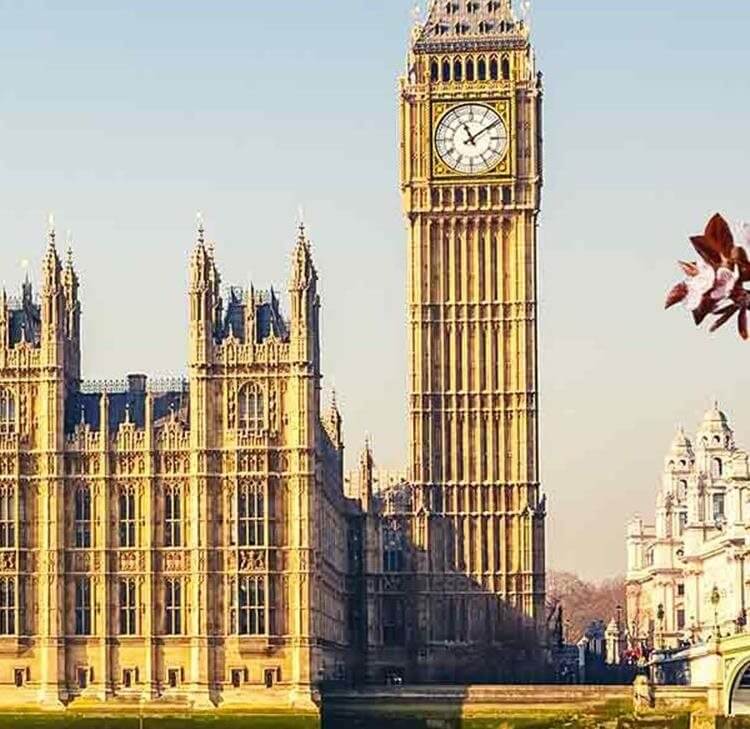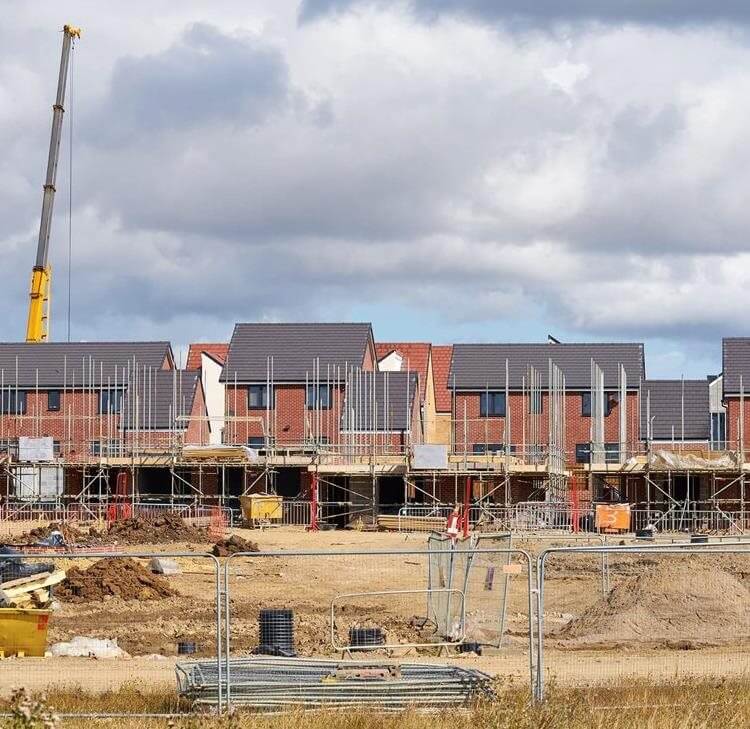With the Government’s pledge to hit net zero in the UK by 2050 comes a need for an immediate reduction in greenhouse gas emissions. The policies that underpin the Government’s strategy to cut emissions will influence how we all live our lives. This evolution is necessary if we are to achieve zero-carbon communities. Councils need to adapt to shifting risks as our climate continues to change and design new policies to mitigate the risk.
It is crucial that the wider implications of decision-making within councils are fully considered while the drive for positive change is embraced. Risk managers must be involved in the process from the outset, not to impede or hinder progress but to act as enablers, complementing the knowledge and skills of others and ensuring there is always an eye on the wider risk implications. Risk managers play a vital role in identifying good practices and supporting the organisation to implement it. If councils can then embed good practices, harness the expertise of those within the organisation, and share experiences outwardly, society will reap the benefit.
A strategic framework for air quality
The key role of councils in tackling air pollution at a local level has been reinforced by the recent publication by Defra of its strategic framework for air quality, specifically aimed at councils.
“Local government has an essential role to play in delivering cleaner air for communities and nature…”
With an emphasis on local government to implement tailored air quality strategies, new risks and trends will emerge, with the threat of climate change litigation on the horizon. However, councils are uniquely placed to have a positive impact on tackling air quality at a local level. If steps to mitigate risk are embedded within the decision-making process, there will be a positive change for the good of communities.
Air pollution – the impact
The drive for cleaner air has been accelerated as the impact on health from exposure to pollutants has become better understood, with air pollution now linked to a range of medical conditions such as heart disease, strokes and respiratory disease.
The stark reality of air pollution was recently highlighted in the tragic case of Ella Adoo-Kisi-Debrah, who lived close to the South Circular Road in Lewisham, London, and died in 2013.
In a landmark ruling delivered by the coroner, it was concluded:
- Air pollution was a significant contributory factor to both the induction and exacerbations of Ella’s asthma.
- There had been exposure to levels of nitrogen dioxide and particulate matter in excess of World Health Organisation guidelines.
- The principal source of exposure was traffic emissions.
In addition, the ruling stated that atmospheric pollution is the cause of many thousand premature deaths every year in the UK and delay in reducing the levels has resulted in avoidable deaths.
The inquest into Ella’s death will not be the last to consider the effect of air pollution. Prior to the April 2023 publication of Defra’s strategic framework, ClientEarth had placed 100 councils in England ‘on notice’ of a legal challenge if: “they do not introduce proper climate change plans”. That scrutiny is very likely to increase as the emphasis continues to shift to local strategies for improving air quality. In action can lead to further public health risk, as mentioned in the Coroner’s ruling, but with that also comes reputational risk and the potential for climate change-related litigation.
Climate change litigation
The emphasis of the climate change litigation we have seen globally has been to drive forward measures to reduce emissions, often by challenging the adequacy of legislation. There has been some appetite for judicial intervention, most notably in the ruling of the Supreme Court of Netherlands in the case of The State of the Netherlands v Urgenda Foundation 2019, that the state had a duty of care to protect its citizens from climate change under the European Convention for the Protection of Human Rights and had acted unlawfully by failing to reduce greenhouse gas emissions by 25%.
“…no other conclusion can be drawn but that the State is required pursuant to Articles 2 and 8 of the ECHR to take measures to counter the genuine threat of dangerous climate change…”
While the focus of litigation has been central rather than local government, looking ahead councils are very likely to be in the firing line. Increased awareness of the impact of climate change, and in particular air pollution, may give rise to a shift in emphasis and an appetite for civil claims brought in tort or for breaches of human rights where there are deficiencies identified in a council’s procedures. All of which reinforces the need to take positive action now.
A more immediate threat of climate-related litigation to councils is in an employer’s liability context following occupational exposure to air pollution. The link between exposure and respiratory conditions is well established. Any employer (including councils) will be expected to assess risk and where necessary take steps to mitigate risk, particularly in higher-risk occupations, for example, employees who spend a significant proportion of time working outside in the vicinity of road networks.
Risk mitigation
While the benefits of cleaner air are obvious, the drive to improve ambient air quality puts a significant burden on councils. This, combined with existing duties of care to the workforce to reduce exposure to mitigate foreseeable risk, underlines the need to ensure there is a clear strategy embedded across a council’s decision-making.
All councils should familiarise themselves with Defra’s recently published framework. Risk managers play a key role in supporting the understanding of the wider implications of policies and processes to be adopted and to create pre-emptive measures to mitigate anticipated risks.
The priorities of the framework for councils to consider are:
- Planning reforms helping to deliver on air quality.
- Building capacity in councils through training, guidance and knowledge sharing.
- Reducing emissions from industrial sources through improved enforcement of environmental permits.
- Reducing pollution from domestic burning through smoke control areas and cleaner fuels.
- Raising awareness within local communities of air quality impacts and how to reduce them.
- Boosting active travel and public transport to improve air quality.
Key aspects of the framework and expectations on councils include:
Developing an air quality action plan
Councils are expected to take proactive steps to devise a plan. This should be informed by an assessment of air quality and set out measures of improvement where concentrations of pollutants breach limits or are likely to. An annual status report will be required, updating on measures taken.
Controlling domestic burning of solid fuels
Domestic burning is the single largest contributor to the UK’s harmful particulate matter emissions. PM2.5 emissions from domestic burning accounted for 43% of total PM2.5 emissions in 2019. Councils are expected to continually review the boundaries of smoke-controlled areas and enforce restrictions that apply to those areas.
Reducing industrial emissions
With the Environment Agency and councils identified as key delivery partners in reducing industrial emissions, it will be necessary to ensure there is regular monitoring of permit conditions and enforcement is taken when conditions are not met.
Ensuring air quality is considered when implementing local transport plans
The importance of reducing emissions from transport is well-known and reinforced within the framework. The methods of doing so are wide-ranging and many have implications from a risk perspective, particularly as the use of our highways, and the functions they perform, continue to evolve. This may include supporting active travel, enabling people to walk or cycle on new footways, cycle lanes and pedestrian crossings; introduction of clean air zones; and promotion of green travel, as we have seen across the country with trials of e-scooters.
Improving indoor air quality
In addition to reducing emissions from domestic burning, the impact of pollutants released indoors is highlighted within the framework, including from cleaning products, furniture, and damp conditions (see page 17). Front-line workers are expected to be familiar with best practices and where social housing is provided, appropriate guidance should be offered to tenants.
Effective collaboration
A thread that runs through the framework is the need for collaboration, both internally and externally, through sharing knowledge and experience across other councils and ensuring effective communication with residents. Sharing best practices and lessons learned is an essential element of the framework.
Given the scale and complexity of the challenges ahead, councils will need a good understanding of the risks, build confidence in their plans to mitigate the impact, and shift focus to prevention, while balancing business as usual. Implementing an effective air quality strategy across all public services provided by councils is a significant undertaking, particularly as purse strings continue to tighten. However, improving the quality of our air is essential and councils play a central and high-profile role, with the requirements of the 2023 Defra framework now bringing that into sharp focus.










































